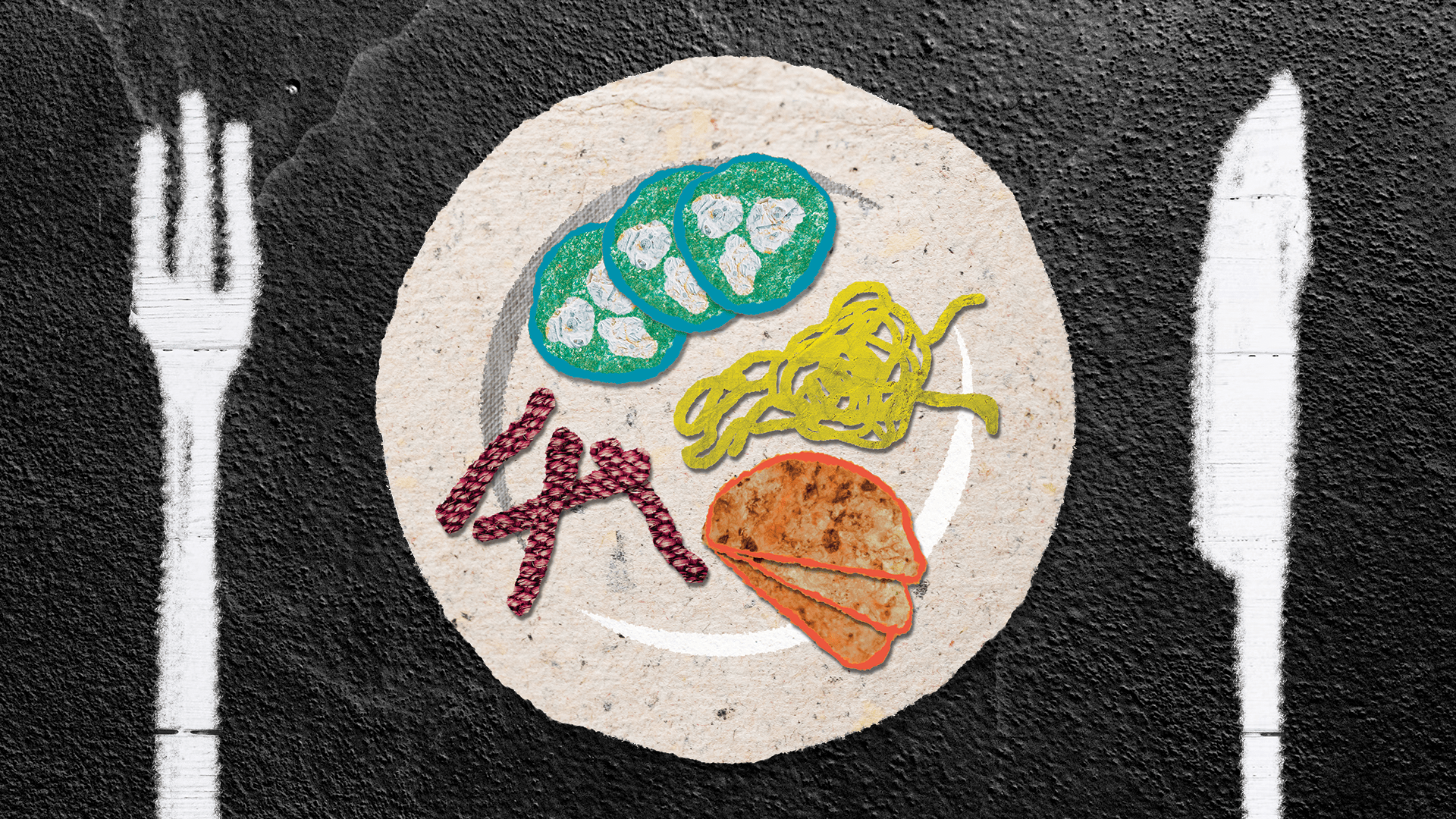
You’ve probably seen it. The countless footage of various dinner plates (and some jokingly empty plates) of slices of pickles, plain pasta noodles sprinkled with parmesan cheese, and charcuterie-board-esque dishes. And of course, the unmistakably cringey sound of women on TikTok harmoniously singing: “This is my meal. I call this girl dinner … Girl Dinner … GIRL DINNER …”
This trend begs the question: Is there any form of prejudice that may be fueling this notion of titling a behavior or thought as “girl,” versus “boy”?
“Girl Dinner” videos show women craving peculiar food combinations. Simple, random-seeming, plates of ready-to-eat foods like chips, pickles, or plain pasta. But ironically, it’s the lack of eating that concerns many. Rather than being just a quirky or relatable trend, it has manifested itself into a demonstration of disordered eating, which is entirely too common within the social media community of women. According to statistics cited by the Center for Eating Disorder Treatment
women have one and three quarters to three times as high a lifetime prevalence of anorexia, bulimia, or Binge Eating Disorder as compared to men.
This isn’t new. Dating back to the 12th Century, women have practiced self-starvation as part of religious practices. The practice of fasting demonstrates ways eating has historically been viewed as a sin, and finding pleasure in food made synonymous with guilt. Fad diets gained prevalence during the Victorian era (tapeworm diet, anyone?), and have persisted
into modernity.
Women facing the “prescriptive beauty norm” phenomenon — a pressure to look good and be docile, haven’t gone away. But why is this happening at all? And what does this have to do with “Girl Dinner?”
Societal standards position women to grow up chasing something unattainable, and creating habits with harmful, and often irreversible reverberations. We women, grow up thinking that being the skinniest girl in the room equates to being beautiful or that processed food means bad food. These methods of becoming “perfect” often leave women with biological issues like irregular menstrual cycles, impaired immune systems, and even chronic fatigue.
Girl Dinner is just one of the many examples of how these toxic behaviors have intertwined with these women’s lives. More than just a fun trend that’s “relatable,” the contents speak to a larger idea that underlies a destructive and poisonous notion within our society.
When considering the nutritional qualities of the meals, Girl Dinner often lacks what is minimally required to sustain a healthy lifestyle. For example, a plate of single gherkins and a boiled egg do not suffice for a healthy lifestyle. In an article on The Week, Dr. Jessica Saunders notes, “If you are eating in a more restrictive way to participate in the trend rather than listening to your body, and what your body needs, then it wouldn’t be helpful. It would be really detrimental, and puts you at risk for more restrictive eating.”
Girl Math falls within the same GirlTok trends. The thinking of Girl Math revolves around justifying purchasing — and taking responsibility for spending money.
Podcasts and talk shows also cover this topic. A channel called FVHZM, run by Fletch, Vaughan, and Hayley on ZM 6-9, makes content specifically around Girl Math. One of the most intriguing episodes has an economist discussing a situation in which a dress is purchased for $330. The economist breaks down the cost per wear to $110 since the dress was intended for three weddings.
Girl Math also covers money psychology — specifically the way purchases made with cash can feel “free” since the spending will not directly decrease the figures in the bank account, additionally, spending cash may feel less sinful in comparison to credit because of the psychological effects making transactions have.
There are all sorts of scenarios in which Girl Math can be applied, but the core notion remains: How does one spend money without feeling guilty? Guilt and restriction seem to be an underlying theme of both Girl Math and Girl Dinner. Well, that, and making everything look adorable.
Social media platforms rely on the relatability and immersiveness of trends in order to capture the attention of users. That’s why GirlTok is so interesting. Generalizing the experience of women further insinuates the perspective that all women think and act in the same way. Yet, one must admit just how true some of the points made on GirlTok can be. There are certain aspects of the trend that make one think: “Yes! Me too!” But rather than classifying it as a “girl” thing, the framing can be shifted, and instead, we could focus on the communal global experiences of women. And in that sense, this trend feels far more pleasing when one investigates the various experiences that unify all women.







